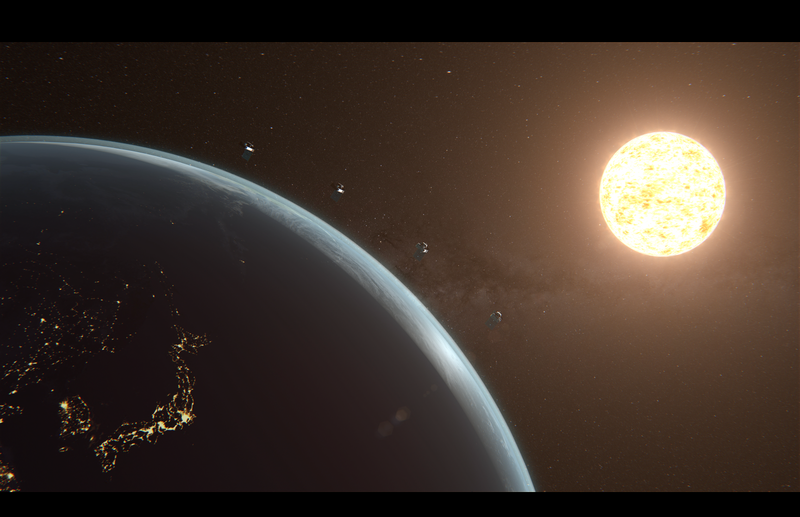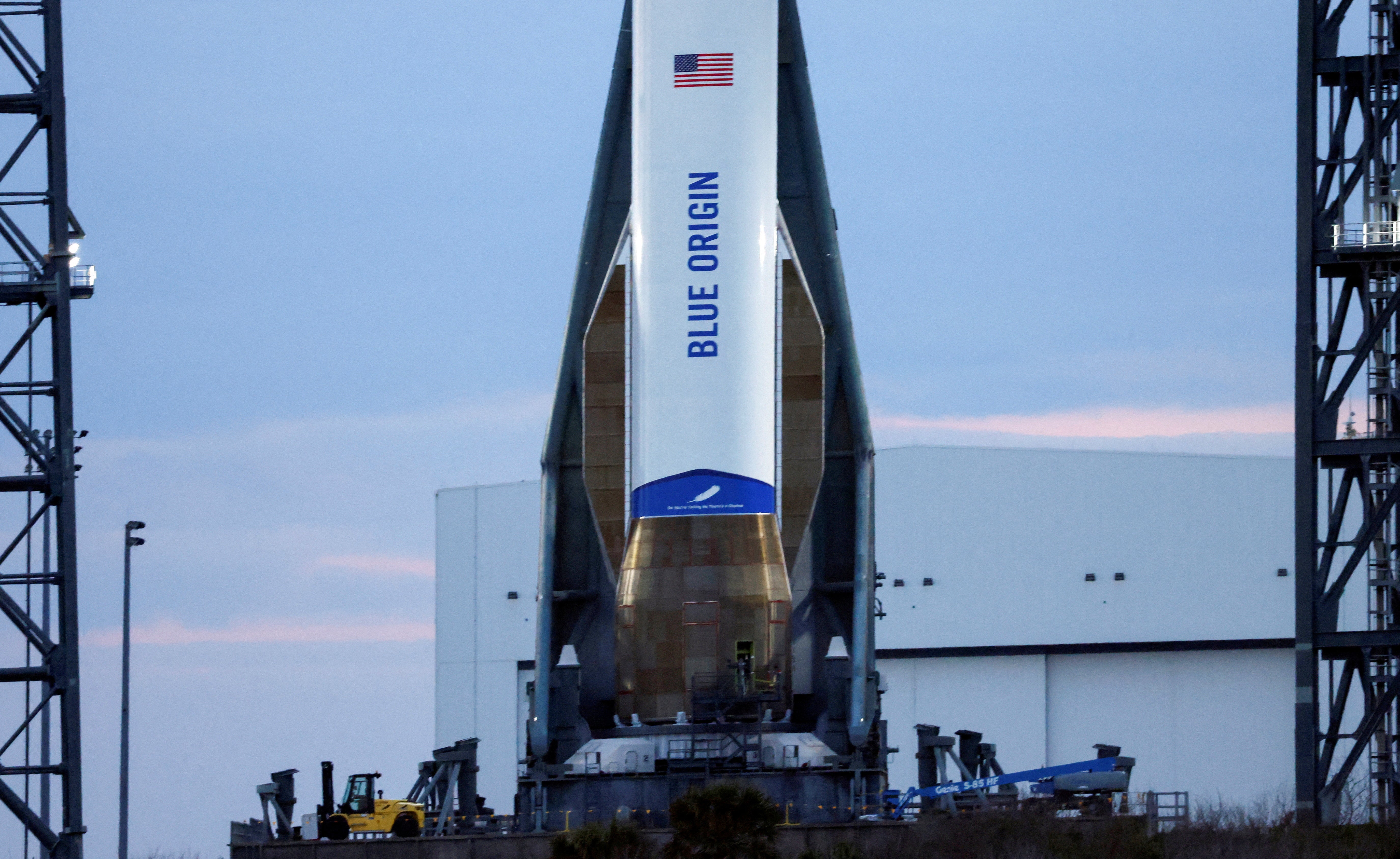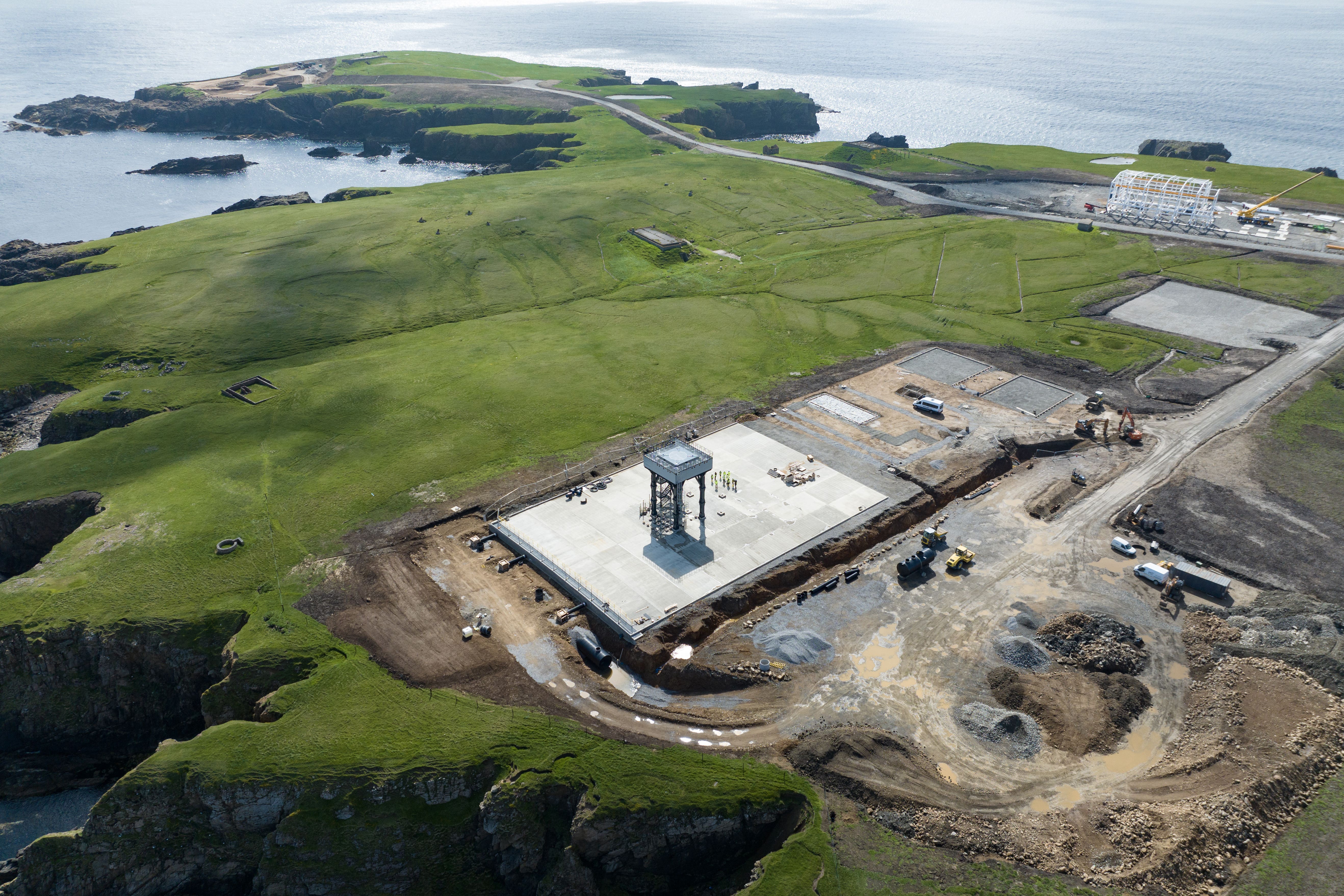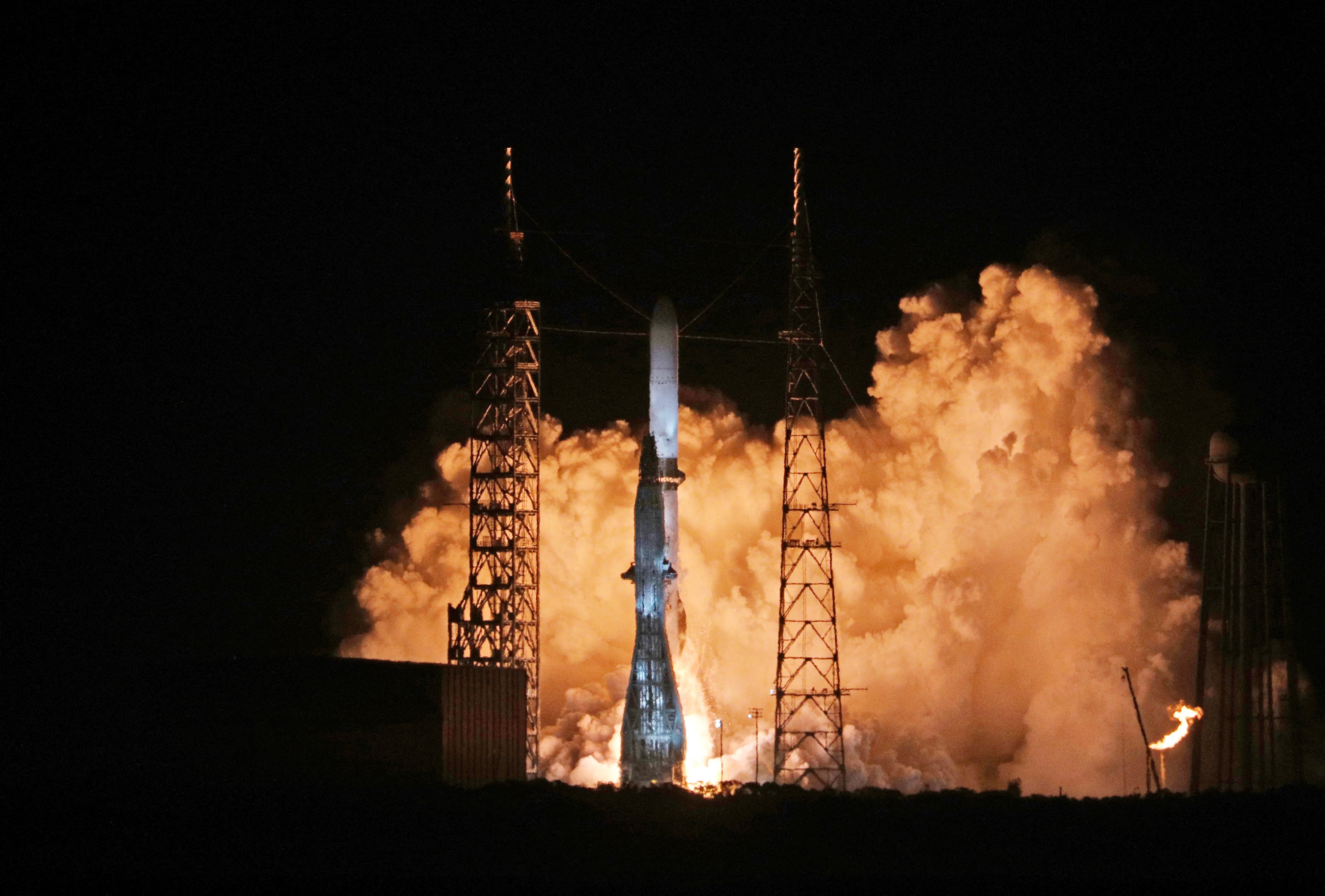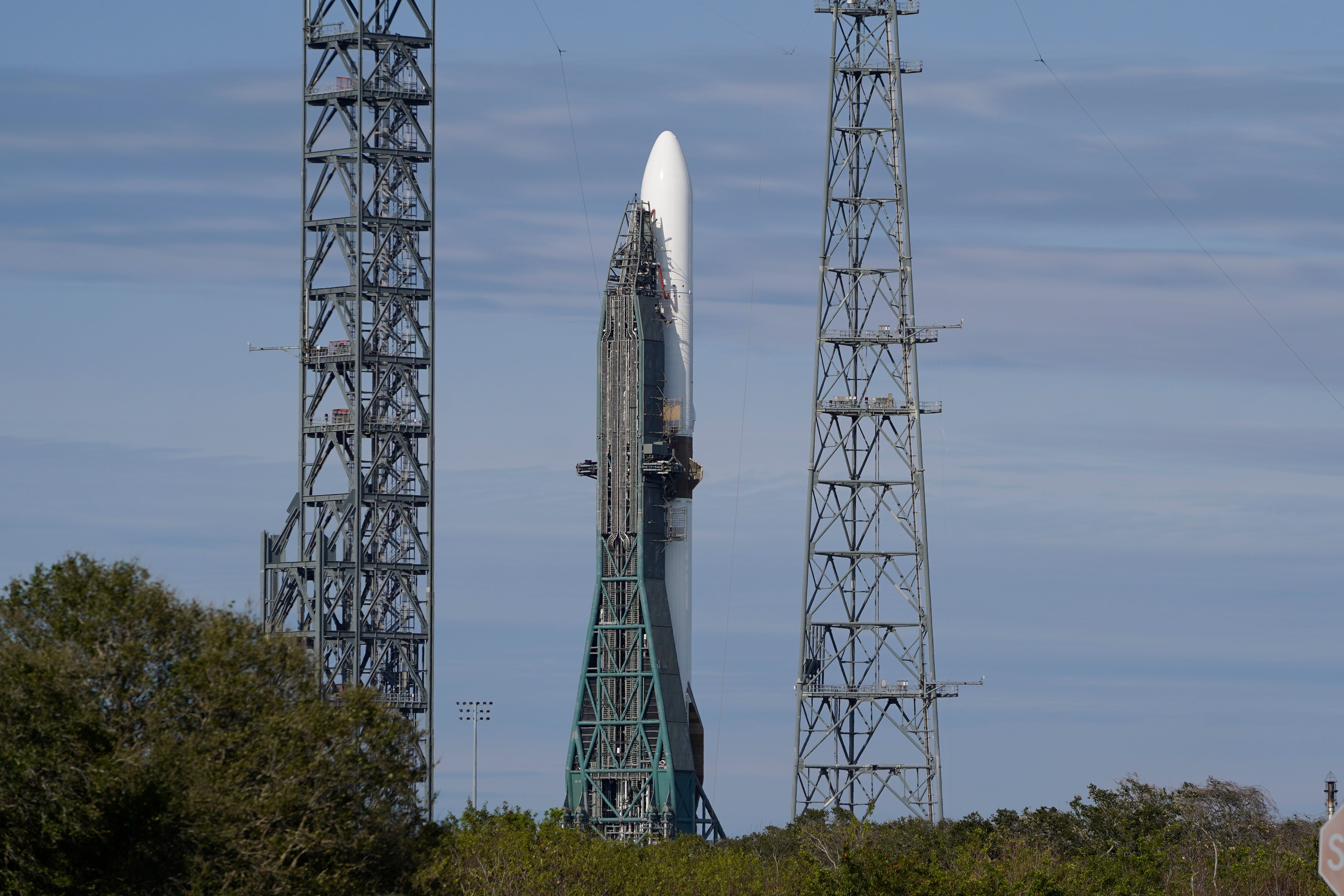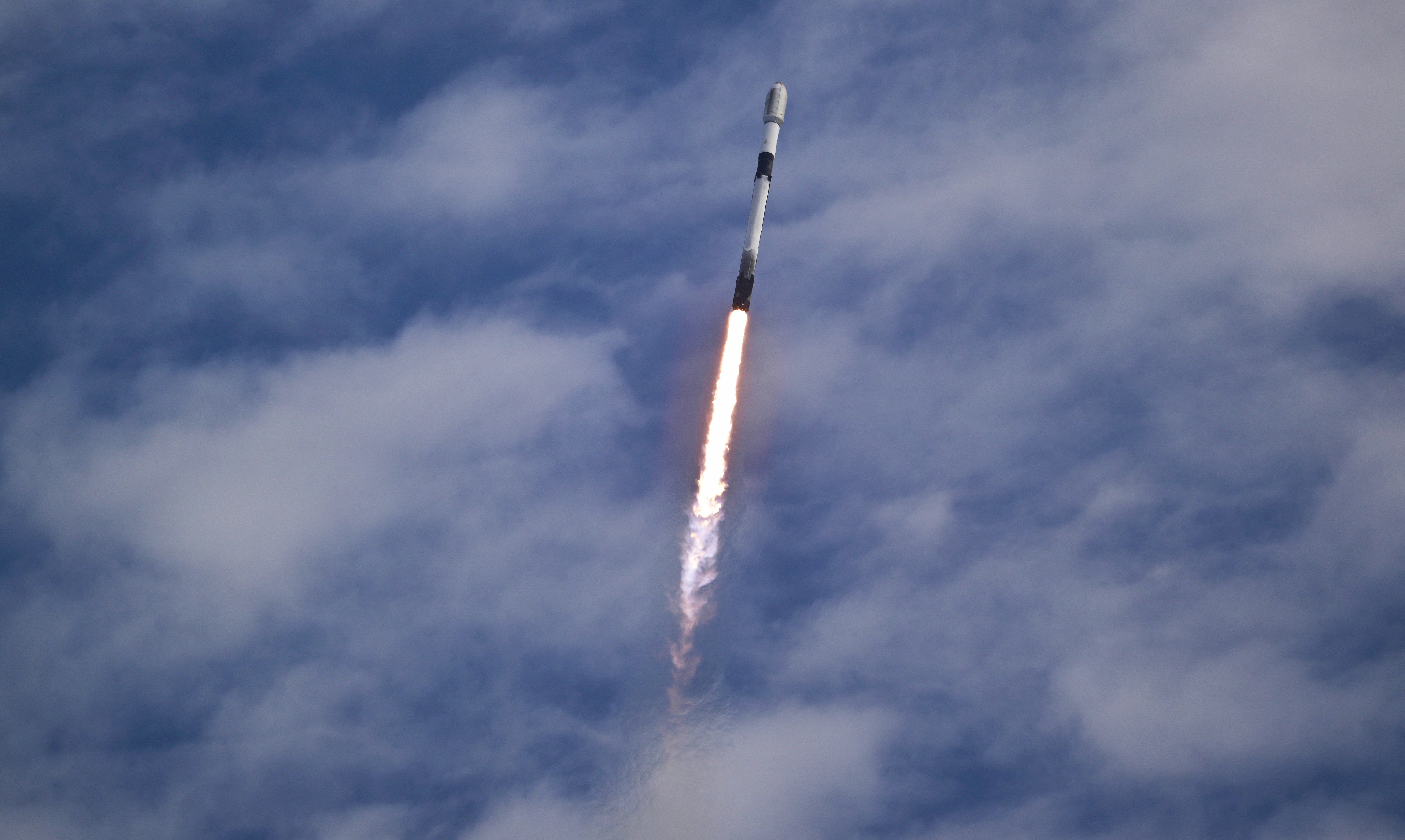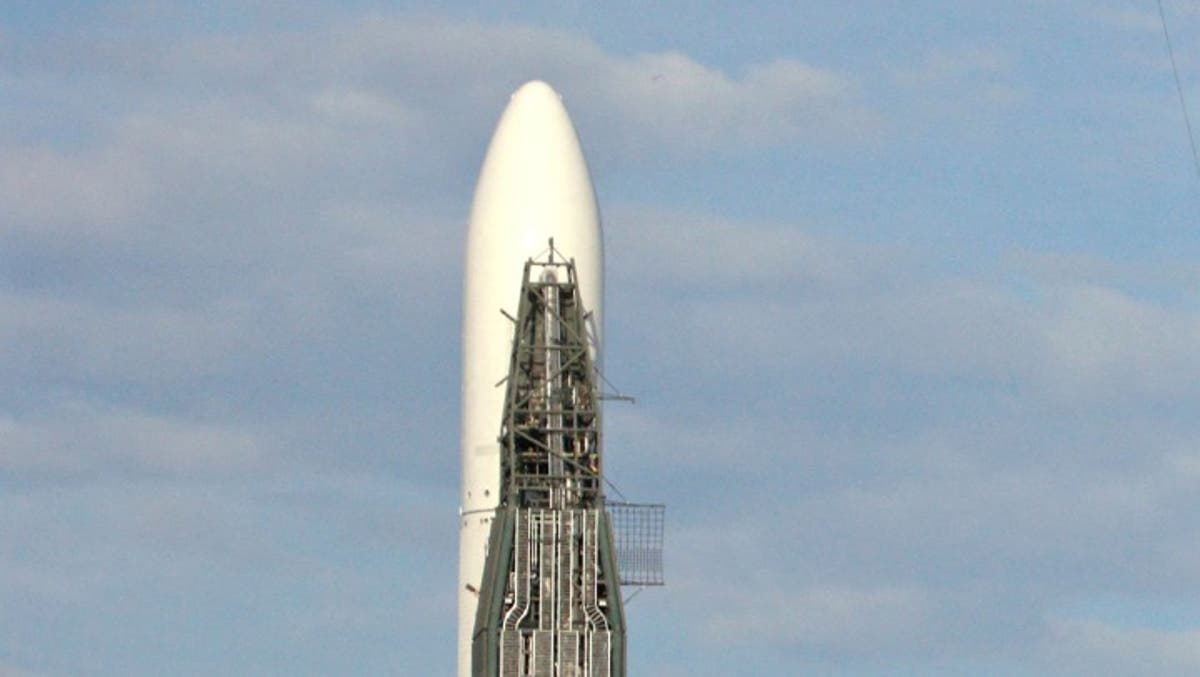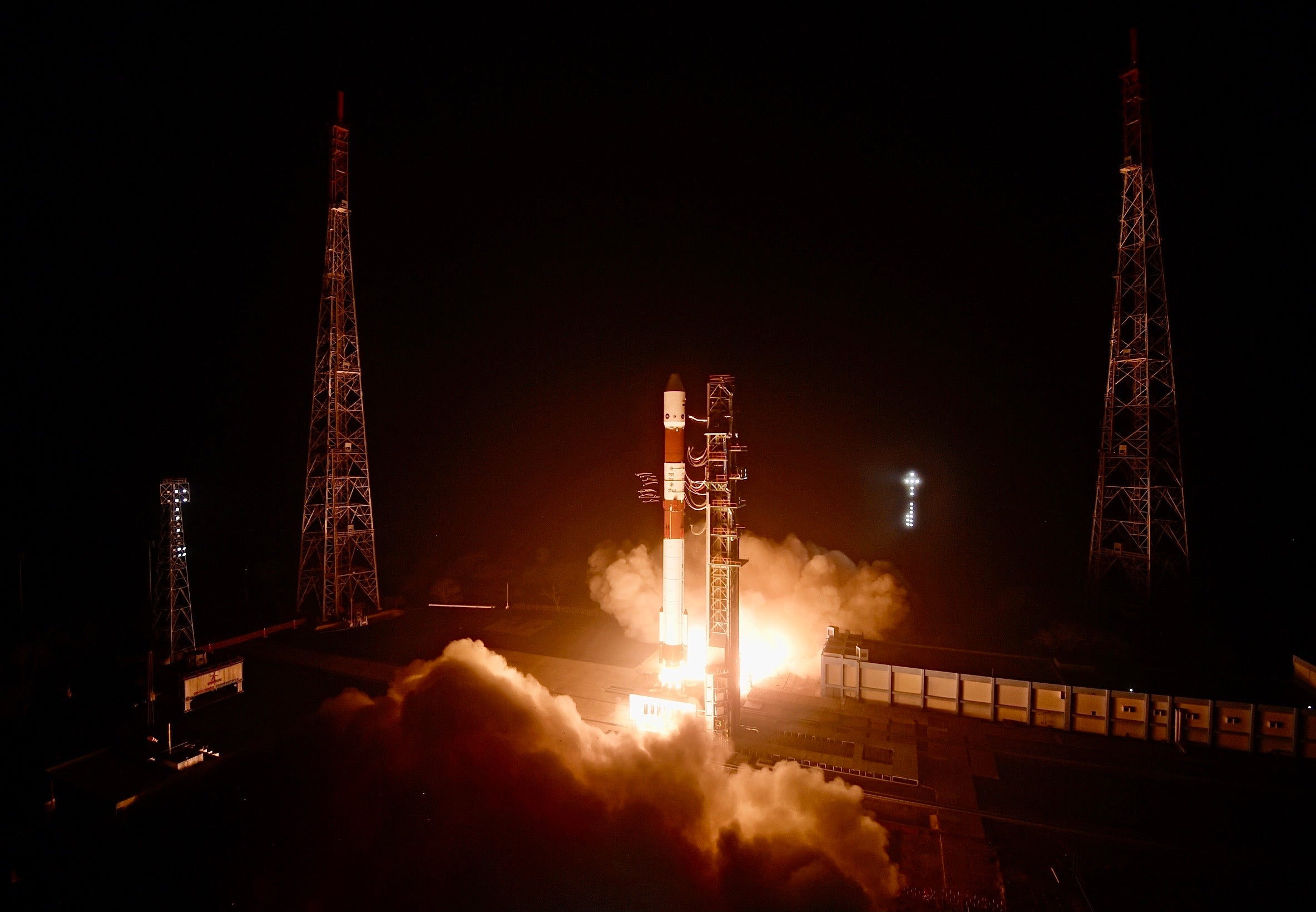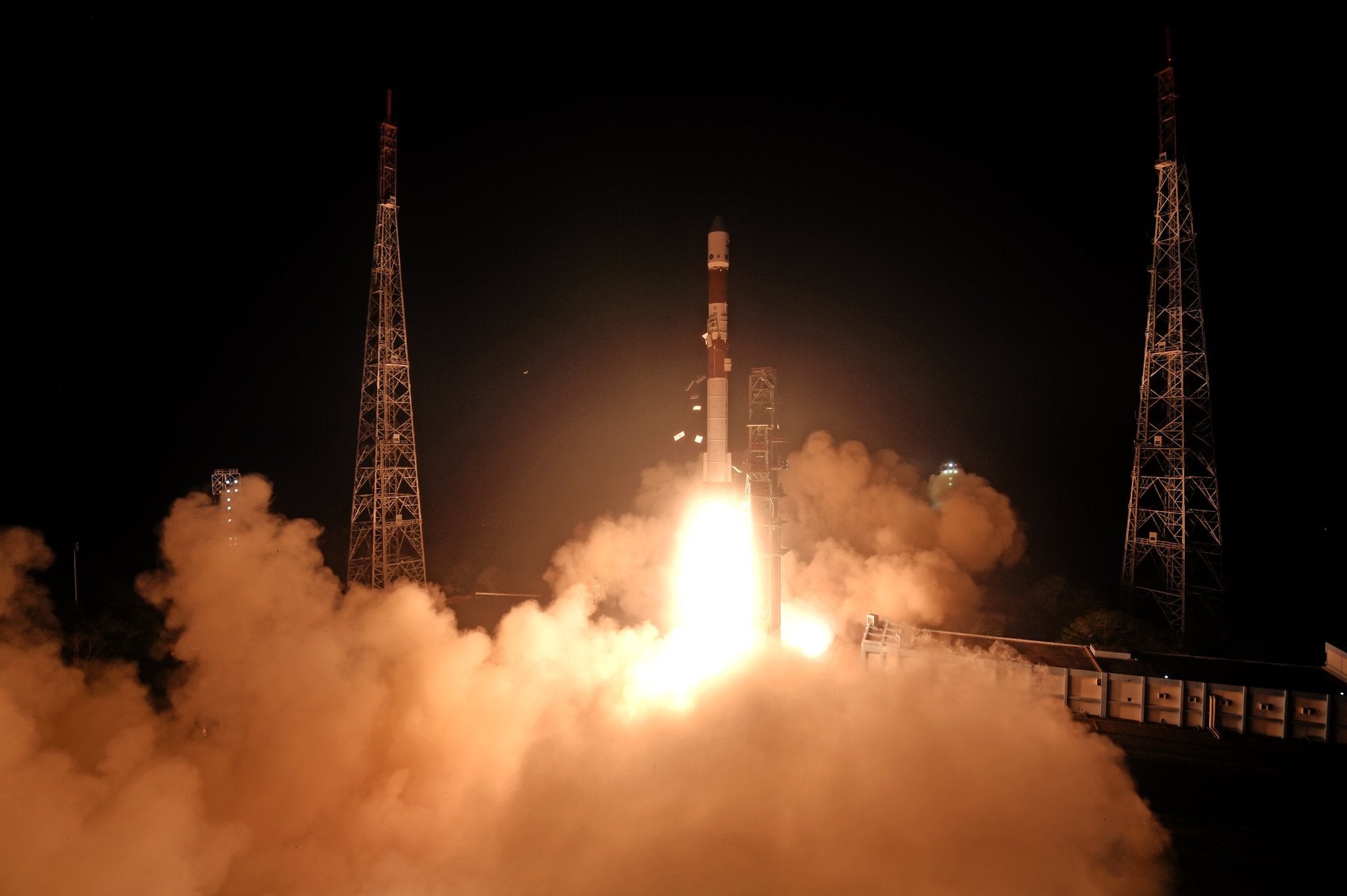Powerful solar storm last May caused dazzling auroras at lowest latitudes in nearly 500 years. A new artificial intelligence model trained on decades of data on the Sun’s activity would have predicted the unexpected intense solar storm that struck the Earth last year, scientists say. In May 2024, the Earth was hit by the strongest geomagnetic storm in decades, leading to dazzling auroras dancing above the lowest latitudes in nearly 500 years.
The intense radiation in the form of coronal mass ejections, or CMEs, from the Sun’s AR 13664 region posed a risk to satellites and prompted flight diversions. In the aftermath, scientists called for better forecasting models to accurately predict solar flares and their impact on the Earth. The Sun is reaching the peak of its 11-year activity cycle and the number of sunspots, flares and storms is expected to increase.
Now, in a yet-to-be peer-reviewed study, researchers at the University of Genova in Italy claim to have developed an AI model that can track and analyse the evolution of the Sun’s active regions and predict the occurrence of solar flares. The model was trained on the physics of solar emissions as well as data on solar wind measurements. In tests, the model was able to sound alerts with “unprecedented accuracy” and predicted the arrival of the May 2024 storms “with uncertainty as small as one minute”, researchers said. “The accurate prediction of the CME travel time during this event, with an error margin of less than one minute, underscores the potential of AI-driven approaches to decode the complex interplay of forces acting on CMEs.”.
It “outperformed traditional methods” in predicting solar flares occurrences, onset and recovery phases by one hour, the researchers wrote in the study. The findings, researchers say, underscore the potential of AI in forecasting space weather as well as a tool to mitigate the impact of extreme solar events on critical infrastructure. They also offer a potential new method to reverse-engineer and re-examine the underlying processes behind past solar events.
“As a conclusion, the May 2024 event also underscores the broader implications of AI-driven reverse engineering for space weather science,” they noted. “Not only does it improve operational forecasting, but it also offers a new lens to explore the fundamental physics of solar and heliospheric dynamics.”. The study calls for further research using similar methodologies to assess other extreme solar events.

